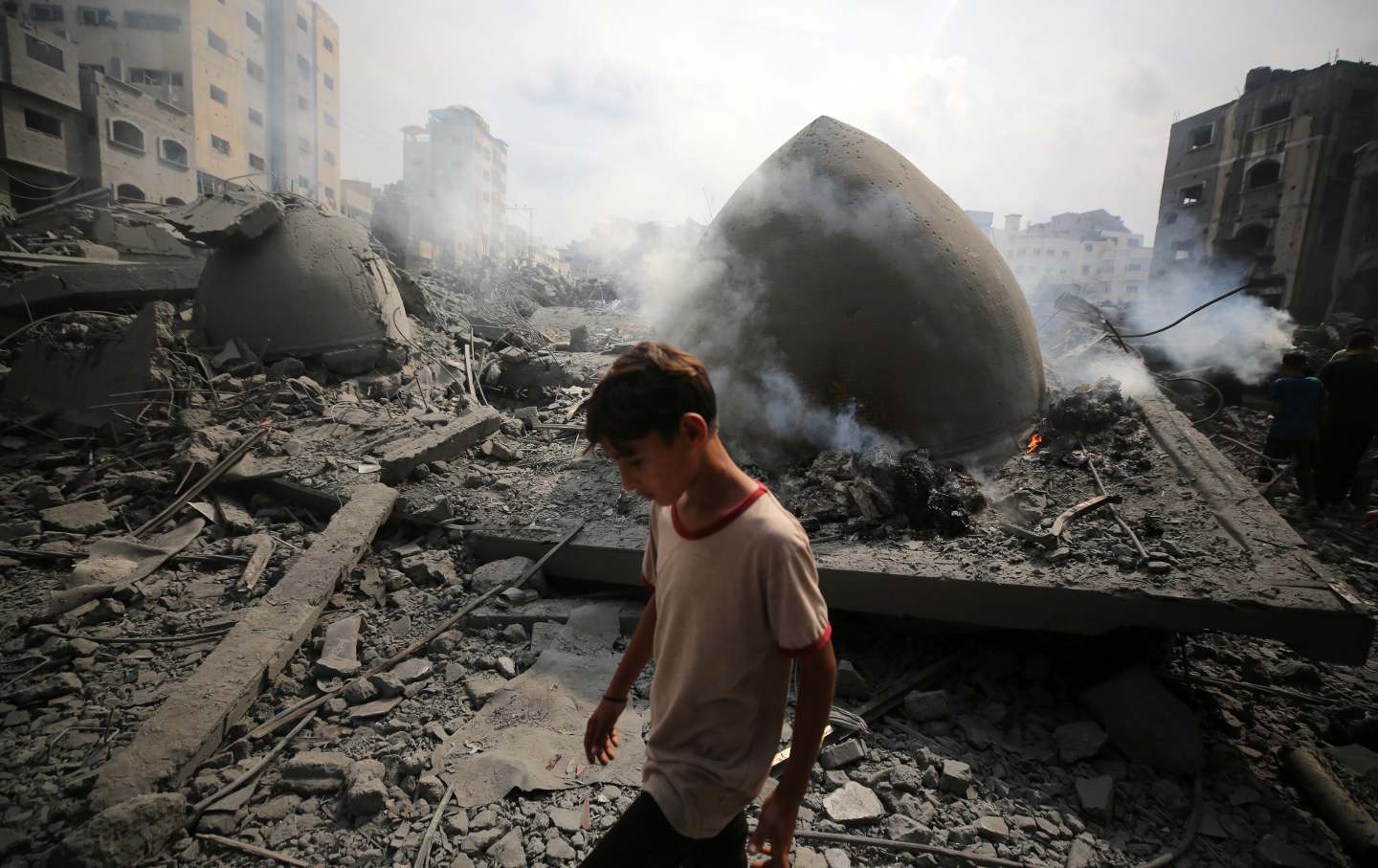
Unveiling the Inside Story: The Gaza-Israel War
The Gaza-Israel conflict has been a recurrent headline, marked by cycles of violence, ceasefires, and tense standoffs. Yet, behind the headlines lie intricate narratives, motivations, and consequences that shape the conflict’s trajectory. Delving deeper, we uncover the multifaceted dimensions of this enduring struggle, shedding light on the complexities often overlooked in mainstream discourse.
The Historical Context: To understand the Gaza-Israel conflict, one must trace its roots back to the 20th century, with the establishment of the state of Israel and the displacement of Palestinian Arabs. The subsequent Arab-Israeli wars and the Israeli occupation of Gaza and the West Bank further entrenched animosities, leading to a protracted conflict marked by territorial disputes, security concerns, and competing national narratives.
Trigger Points and Escalations: The Gaza-Israel conflict is characterized by recurring cycles of violence, often sparked by trigger events such as rocket attacks, border clashes, or political tensions. Each escalation reinforces deep-seated grievances and perpetuates a cycle of retaliation, further complicating efforts for peace and reconciliation.
Humanitarian Crisis in Gaza: Central to the Gaza-Israel conflict is the humanitarian crisis endured by the people of Gaza. Blockades, restrictions on movement, and periodic military offensives have taken a devastating toll on Gaza’s infrastructure, economy, and civilian population. The siege-like conditions have exacerbated poverty, unemployment, and food insecurity, amplifying the suffering of Palestinians trapped in the enclave.
Military Strategies and Tactics: Both sides employ a range of military strategies and tactics in the Gaza-Israel conflict, including airstrikes, artillery shelling, targeted assassinations, and guerrilla warfare. These tactics often result in civilian casualties and collateral damage, fueling international condemnation and calls for accountability.
International Involvement and Diplomatic Efforts: The Gaza-Israel conflict is not isolated but intersects with broader geopolitical dynamics, drawing international attention and involvement. Various actors, including regional powers, international organizations, and mediators, have sought to broker ceasefires, negotiate peace agreements, and address underlying grievances. However, achieving a durable resolution remains elusive amid entrenched distrust and competing interests.
The Role of Media and Propaganda: Media coverage plays a significant role in shaping perceptions and narratives surrounding the Gaza-Israel conflict. Both sides engage in propaganda efforts to sway public opinion, justify military actions, and delegitimize their adversaries. The proliferation of social media amplifies these narratives, often leading to misinformation, polarization, and echo chambers.
Hope Amidst Despair: Despite the seemingly intractable nature of the Gaza-Israel conflict, there are glimmers of hope for a peaceful resolution. Grassroots movements, civil society initiatives, and people-to-people dialogue offer avenues for building mutual understanding, empathy, and trust between Israelis and Palestinians. Ultimately, sustainable peace can only be achieved through genuine dialogue, compromise, and a commitment to justice and human rights for all.
Conclusion: The Gaza-Israel conflict is a sobering reminder of the human cost of entrenched conflicts and the urgent need for a just and lasting resolution. By acknowledging the complexities, narratives, and consequences of the conflict, we can move beyond stereotypes and misconceptions, towards a future where Israelis and Palestinians coexist in peace and dignity.







